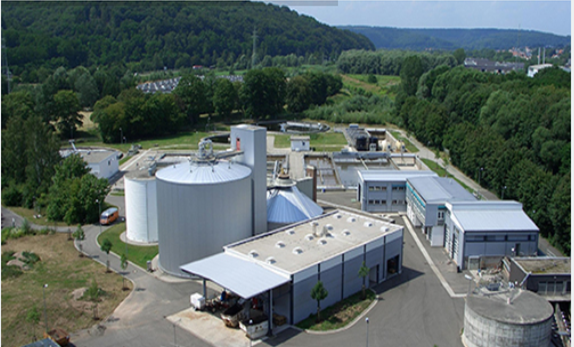Regional phosphorus recycling in the Zweibrücken region - concept phase
- contact:
Dr.-Ing. Tobias Morck
Dr.-Ing. Julia Hiller
M. Eng. Jan Philip Nickel
- funding:
Federal Ministry of Education and Research
- startdate:
02/2019
- enddate:
07/2019
Short description
Phosphorus (P) is an essential and non-substitutable building block in all living organisms. Phosphorus is mainly used as fertilizer for high-yield agriculture. For this reason, within the scope of the German Resource Efficiency Program („Deutsches Ressourceneffizienzprogramm“, ProgRessII) the German government has claimed phosphorus to be an important building block for the establishment of a resource-efficient closed-loop economy. In 2017, the amendment to the German Sewage Sludge Ordinance („Klärschlammverordnung“) came into force, so that the legal framework conditions are now established. Therefore, for municipal sewage treatment plants with an expansion size of more than 50,000 population equivalents, the recovery of phosphorus will be mandatory from 2032.
In this context, the development of a holistic concept for regional P-recycling is planned in the Zweibrücken region, which is selected as an example region. Starting point of the recycling concept is the municipal sewage treatment plant Zweibrücken with a capacity of 72,000 population equivalents (GK 4). The first goal will be to design the large-scale implementation of a P-recovery process at the sewage treatment plant. Furthermore, the consistent planning of a regional utilization of the recovered P recyclates is the focus of the requested concept phase. From the very beginning all relevant actors including the potential users of the P-recyclates (agriculture, horticulture etc.) are involved. One key issue of the project is compliance with the legal requirements laid down in the amendment to the Sewage Sludge Ordinance. P-Recycling is to be achieved by thermal hydrolysis of the sewage sludge in conjunction with MAP crystallization (MAP: Magnesium Ammonium Phosphate). For the P-depleted sludge with a phosphorus content of less than 20 grams per kilogram of dry matter feeding into a sewage sludge co-incineration plant or other recycling is planned.

